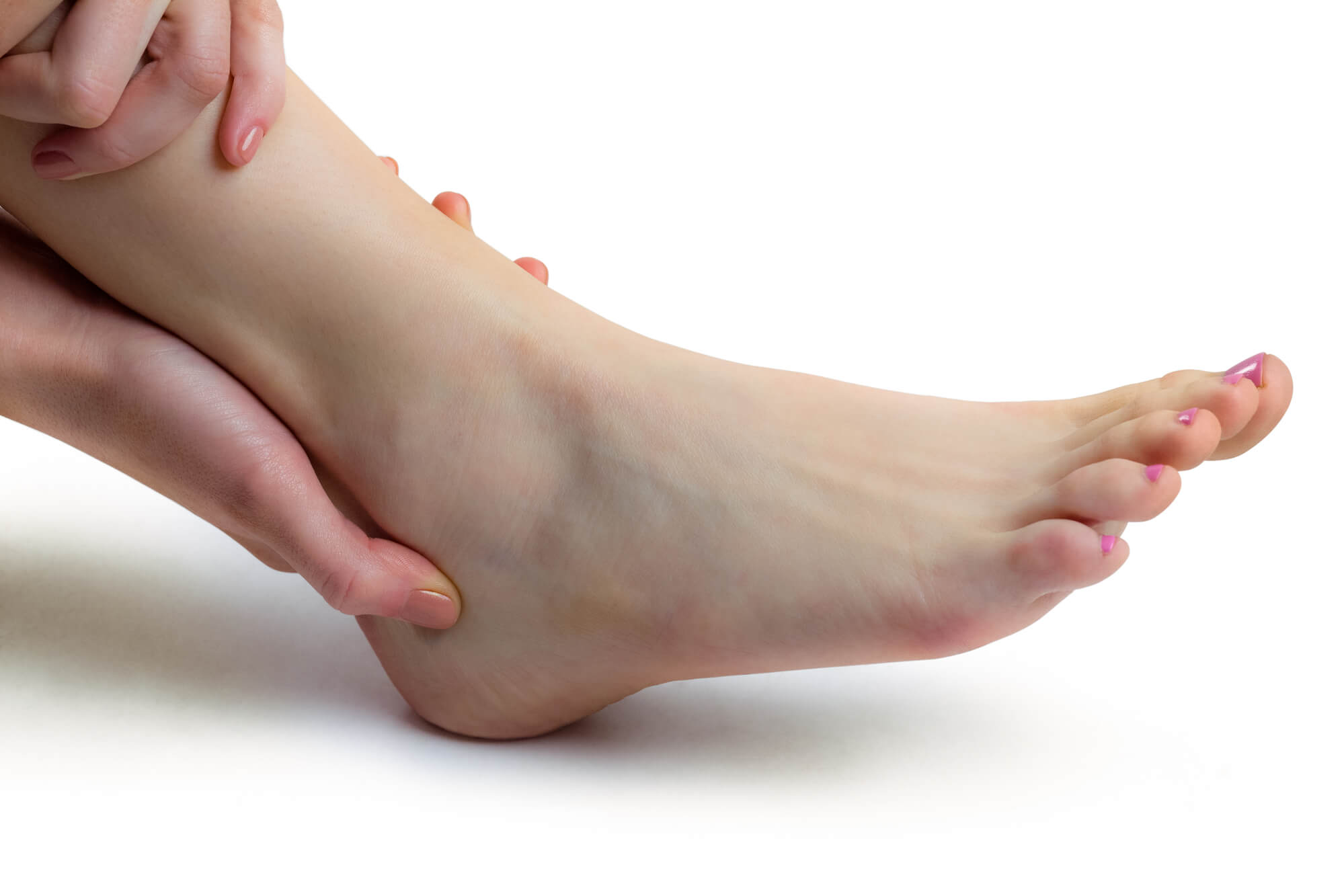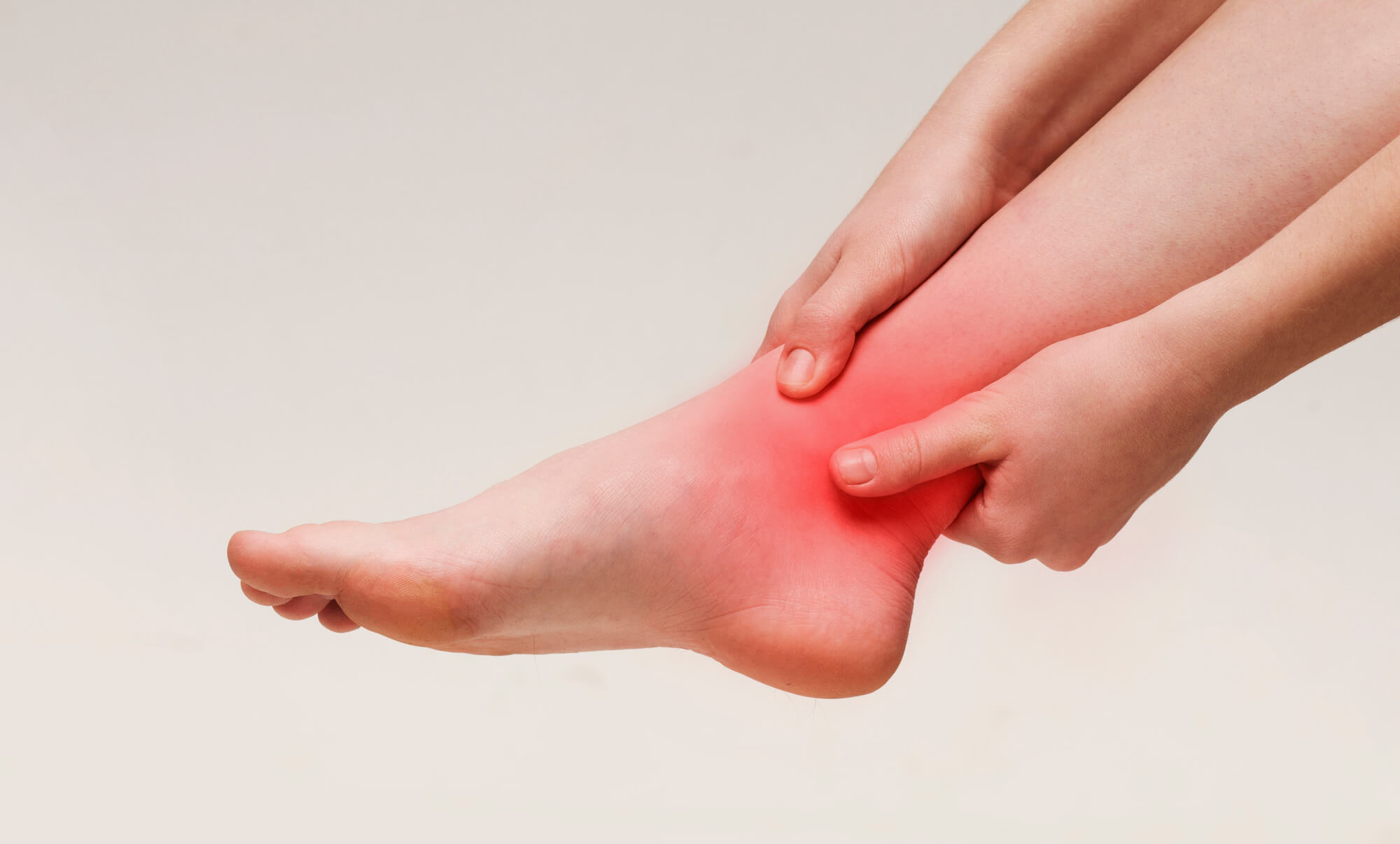Physical Therapy for Ankle Pain
Ankle pain can be caused by various factors, such as an ankle sprain, chronic ankle instability, or a variety of other conditions that affect the bones, ligaments, tendons, and muscles in the ankle. When it comes to treating ankle pain, physical therapy plays a vital role in helping individuals recover from their injuries and improve their mobility. This article will discuss the importance of physical therapy for ankle pain and the various techniques and exercises that a physical therapist may use to help alleviate pain and improve function.
Overview of Ankle Pain and Causes
Ankle pain can be caused by various factors, such as an ankle sprain, chronic ankle instability, or a variety of other conditions that affect the bones, ligaments, tendons, and muscles in the ankle. A sprain occurs when the ligaments that hold the ankle bones in place are stretched or torn. This can happen if the ankle is twisted, bent, or turned in an unnatural way. Chronic ankle instability occurs when the ligaments are stretched or torn and do not heal properly. This can lead to a feeling of "giving way" or instability in the ankle.
Other causes of ankle pain include arthritis, tendinitis, bursitis, and stress fractures. In some cases, the big toe joint can also be a source of pain and discomfort, as the bones and ligaments in this joint can be affected by several conditions.

Importance of Physical Therapy for Ankle Pain
Physical therapy is an important part of the treatment for ankle pain, as it can help individuals regain strength, flexibility, and range of motion in the ankle. Physical therapy can also help reduce pain, swelling, and inflammation and improve overall function and mobility.
The goal of physical therapy for ankle pain is to help the individual return to normal activities as quickly and safely as possible. The physical therapist will work with the individual to develop an individualized treatment plan tailored to their specific needs and goals. This may include exercises and techniques to help reduce pain, improve the range of motion, and strengthen the muscles around the ankle.
Anatomy of the Ankle
Bones, Ligaments, Tendons, and Muscles Involved
The tibia, fibula, and talus bones form the ankle joint. The tibia and fibula are the bones of the lower leg, and the talus is the bone of the foot. Several ligaments hold the ankle joint together, which help keep the bones in place and prevent excessive movement. The ankle's ligaments include the anterior talofibular ligament, the calcaneofibular ligament, and the posterior talofibular ligament.
The ankle also has several tendons that attach the muscles of the lower leg to the bones of the ankle. These tendons include the Achilles tendon, the peroneal tendons, and the tibialis tendons. The muscles responsible for ankle movement include the gastrocnemius, soleus, and tibialis muscles.
How They Work Together to Support the Ankle
The bones, ligaments, tendons, and ankle muscles support the ankle joint and allow movement. The ligaments provide stability to the ankle by preventing excessive movement in the joint. The tendons and muscles are responsible for allowing the ankle to move and perform a range of motions, such as dorsiflexion (lifting the foot towards the shin) and plantarflexion (pointing the foot downward). The muscles and tendons also give the ankle strength and stability, helping support the joint during weight-bearing activities.
Proper functioning and coordination of these ankle components are essential for preventing ankle injuries, such as sprains and chronic instability. When one or more of these components are damaged or not functioning properly, it can lead to pain, swelling, and difficulty with weight-bearing activities. Physical therapy can help address these issues and promote healing and proper ankle function.

Physical Therapy Techniques
Range of Motion Exercises
One of the main goals of physical therapy for ankle pain is to improve the range of motion in the joint. To do this, a physical therapist may use various techniques, including passive and active range of motion exercises. Passive range of motion exercises involves the physical therapist moving the ankle for the patient, while active range of motion exercises involve the patient moving their ankle themselves. The physical therapist will guide the patient through these exercises and may also use techniques such as manual therapy to help improve the range of motion.
Stretching Exercises
Stretching is another important aspect of physical therapy for ankle pain. Stretching exercises can help to improve flexibility in the muscles and tendons of the ankle, reducing the risk of injury and improving overall function. The therapist will guide the patient through a series of stretches targeting the muscles and tendons of the ankle, such as ankle eversion and inversion stretching.
Strengthening Exercises
Another important aspect of physical therapy for ankle pain is strengthening the muscles of the ankle. This can help improve the joint's stability and support, reducing the risk of injury and improving overall function. The therapist may design and guide the patient through exercises that target specific muscle groups around the ankle, such as the peroneals, tibialis anterior and posterior, and gastrocnemius muscles. The therapist may also suggest specific strengthening exercises to target any muscle imbalances that may have contributed to the initial injury.
Balance and Proprioception Exercises
Balance and proprioception exercises are also important aspects of physical therapy for ankle pain. These exercises help to improve the individual's sense of body awareness and control, which can help to reduce the risk of falls and further injury. The therapist may use alphabet and single-leg balance exercises to help the patient improve balance and proprioception.
Conclusion
It is important to seek treatment for ankle pain as soon as possible to prevent further injury and promote healing. Early physical therapy intervention can help reduce pain, improve the range of motion and function, and prevent chronic ankle instability.
Physical therapy is not just a short-term solution for ankle pain, but it is also an important part of ongoing care and maintenance to prevent the recurrence of injury and maintain optimal function. Physical therapy can help individuals to develop a better understanding of their body and how to take care of it, so they can continue to enjoy their activities without limitation.

